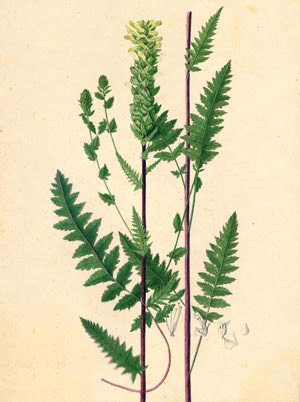
Travel north beyond the rocky coastline of Maine, beyond Baxter State Park and the mighty Mt. Katahdin, through the industrial forests that have sustained generations of Maine loggers and their families, keep going north and you will find the St. John River. From its headwaters in the far reaches of the northern Maine wilderness to its mouth at the Bay of Fundy in New Brunswick, the St. John winds its way through 418 miles of gently rolling hills covered with a mix of spruce/fir and hardwood forests. The first 130 miles of its journey is through totally uninhabited territory. The town of Allagash is its first touch with civilization, and this is where I call home. I spent much of my youth along these boulder-strewn shores, exploring for treasures that had been washed down during the spring freshet. My collection included paddles and gear from hapless canoeists, relics from the old log drive days, and any unusual rock that caught my eye. I learned at an early age that I shared these rocky shores with a rare little plant – a snapdragon called Furbish’s lousewort (Pedicularis furbishiae).
Besides having a name lacking in poetry, Furbish’s lousewort is not the most beautiful plant you will ever see. I can guarantee that even if it were plentiful, it would never adorn a bouquet or centerpiece. Its beauty is in its uniqueness, for this little snapdragon grows nowhere else in the world. Even here in the St. John Valley, it can only be found in a few places in Maine and New Brunswick. According to most studies, its numbers never exceed a few thousand plants. The slim stems grow to a height of two or three feet and display tiny yellow flowers on cylindrical heads in late summer.
Discovered by Kate Furbish in 1880, the lousewort was named in her honor after she sent a specimen to Harvard University and it was proven to be a new species. Kate’s love for the natural world was matched only by her talent for painting, and she set out to collect and make watercolors of the flora of Maine. One mystery surrounding this plant is that it appears to have no close relatives in North America. There are a couple of other lousewort species in eastern North America, but it seems that the Furbish’s closest cousin is in Asia.
Thought to have become extinct shortly after Kate’s discovery, the lousewort was rediscovered in the 1970s amid the controversy over the proposed Dickey-Lincoln Dam Project. This hydroelectric facility would have flooded 86,000 acres and, in the process, erased my hometown and all the local louseworts from the map. Although many people pin the death of Dickey-Lincoln on the re-discovery of Furbish’s lousewort (which, as an endangered species, could stop even a large construction project in its tracks), opposition from environmental groups and lawmakers had the project teetering well before Kate’s little snapdragon arrived back on the scene.
To fully appreciate the uniqueness of Furbish’s lousewort, you have to understand where it grows. The St. John River is unlike most of Maine’s major rivers because it flows in a northerly direction instead of the usual southerly flow toward the ocean. This geographical anomaly spawns the ice jams that this section of the river is famous for: as the warming rays of the spring sun begin to melt the heavy snowpack, the ice on the headwaters, being farther south, melts a little earlier than on the river sections farther north. The rising meltwater and accompanying ice sheets push into the lower sections of the river that haven’t broken up yet, scouring the shoreline with a force like a glacier.
The scouring is random, since not all reaches of the river have ice jams every year, but over time, the results can be seen as a cleared strip of land 5 to 30 yards wide that extends from the high-water mark to the forest’s edge. In this zone, trees have no chance of becoming established. Only shrubs, grasses, and a few other plants – St. John’s rose, birdseye primrose, and grass-of-Parnassus, for instance – can put down roots here.
Here, in this scoured battleground of water and ice, Furbish’s lousewort stakes its claim. Populations are scattered and can be wiped out in any given year, only to have new colonies appear elsewhere. Well-adapted to the ravages of its riverside setting, and with federal protection provided in both the United States and Canada, we can feel confident Furbish’s lousewort will be surviving the annual ice runs for generations to come.


